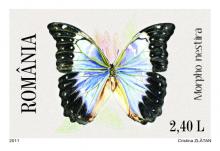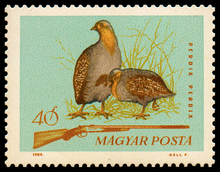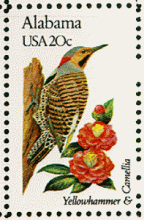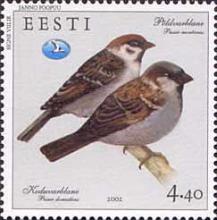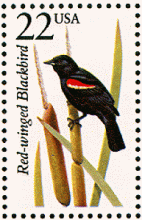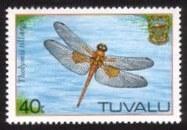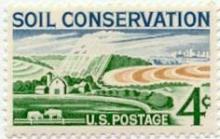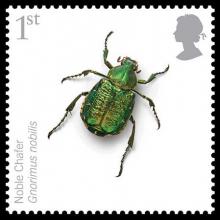Butterflies are disappearing at an alarming rate from Europe's grasslands
Grasslands form a major part of the European landscape and are the main habitat for many butterfly species. The decline of grassland specialist butterflies is much more severe than for other hibitats or generalist butterflies. Since 1990 butterfly populations have decreased by almost 60%. In Western Europe, the decline is associated with intensification of agriculture and heavy use of fertilisers and pesticides.

